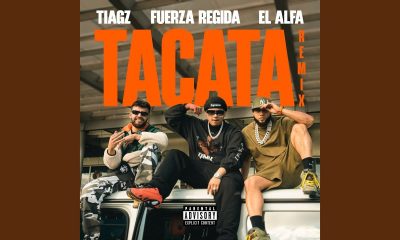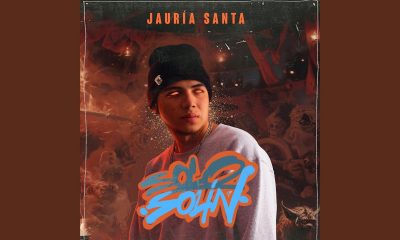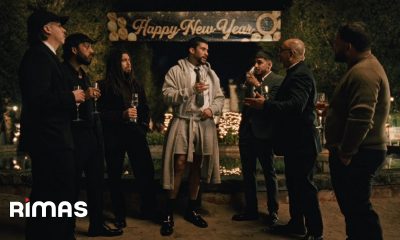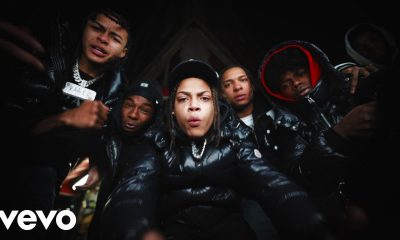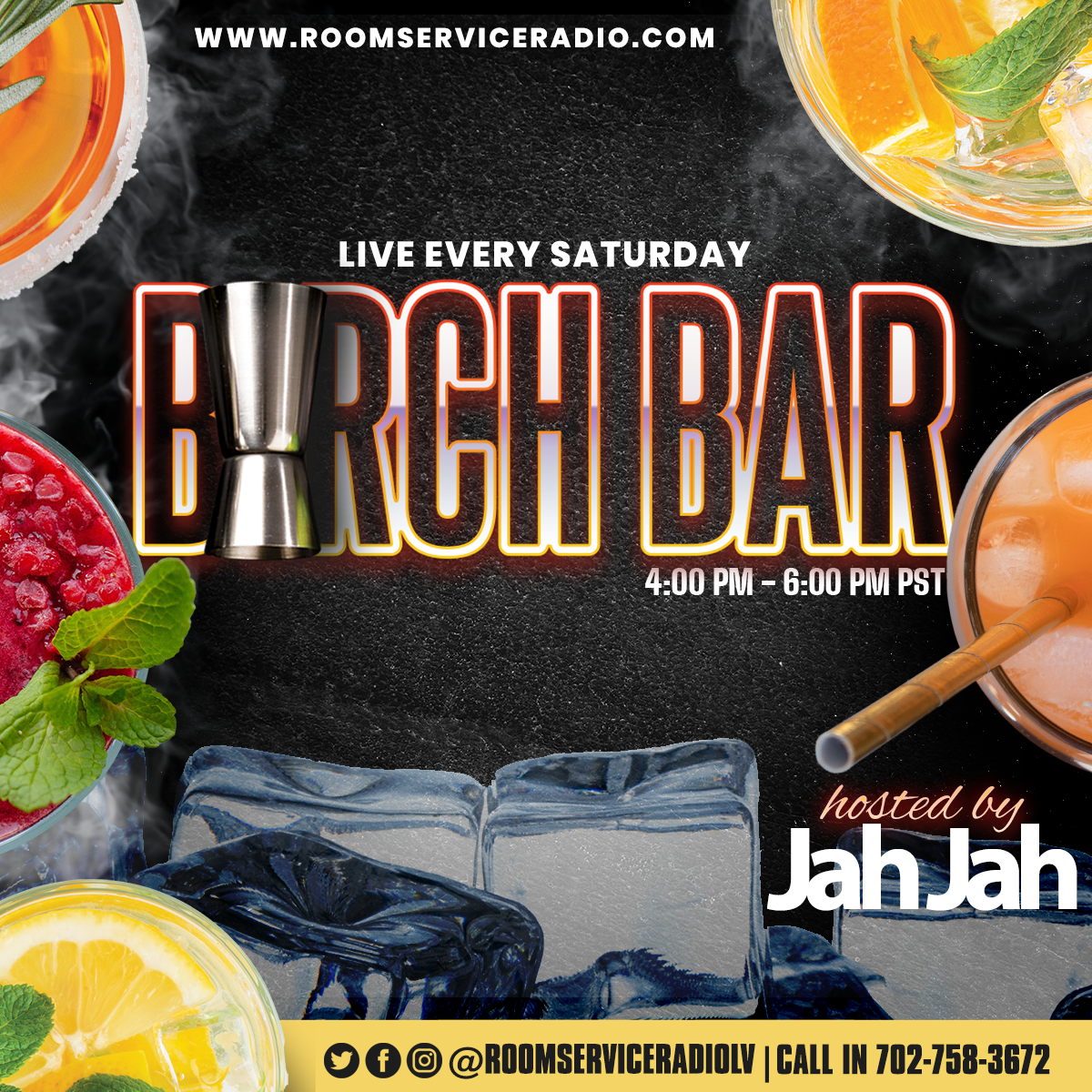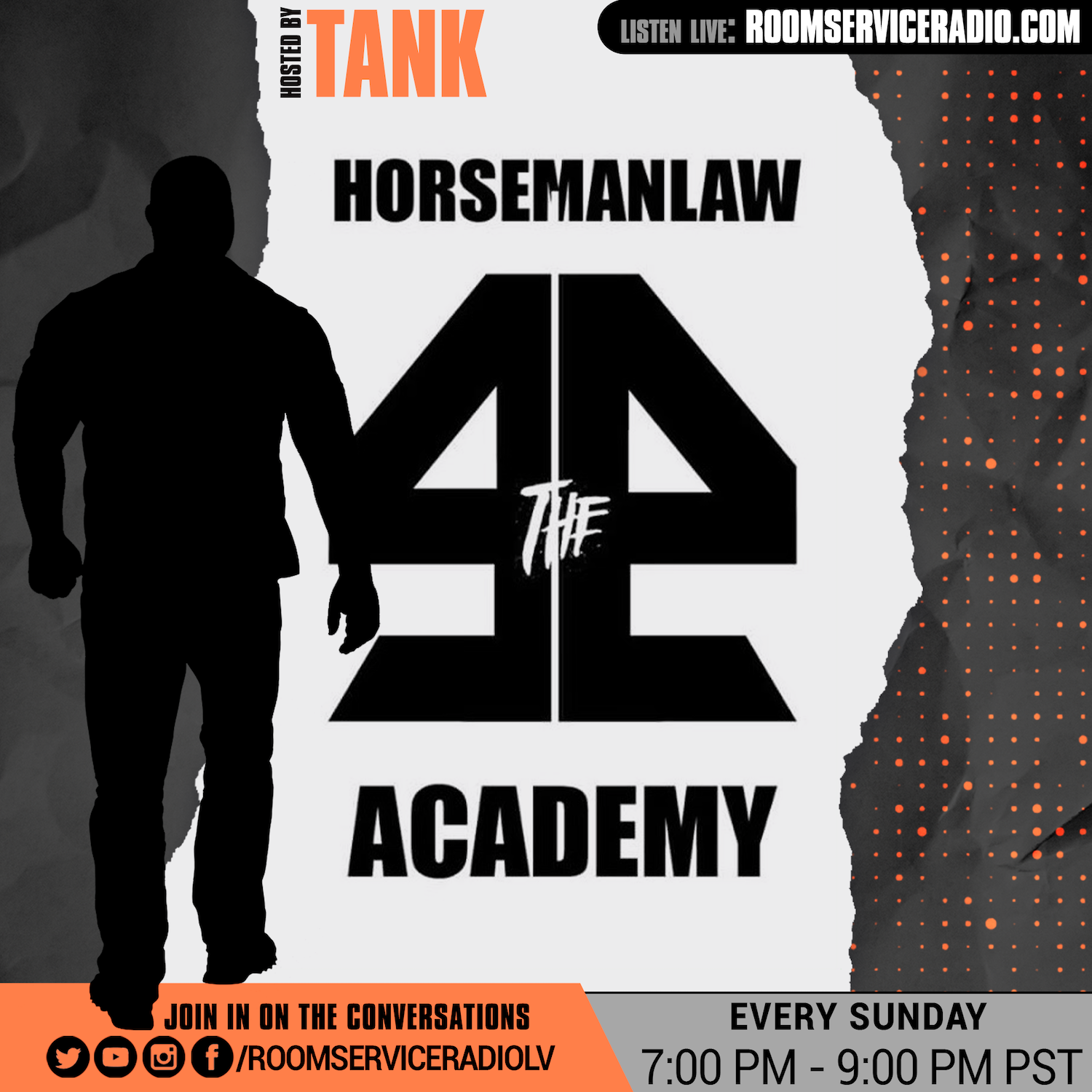
The Black Yeehaw: Fashion and History at the Bill Pickett Invitational Rodeo
Everything was standard rodeo—mostly. At the 35th annual Bill Pickett Invitational Rodeo, held in Oakland in mid-July, there was bull-riding, barrel racing, and steer roping, with Lil Nas X’s “Old Town Road” playing five or six times throughout the day. But where most rodeos open the show with a grandiose display of patriotism—you know, a convocation of bald eagles flying across the sky with fireworks exploding and at least one little boy, cowboy hat to his heart, shedding a single tear—the BPIR did something different.
For the event’s 35th anniversary, as it’s done every year before that, the Bill Pickett Invitational Rodeo opted for a display devoid of eagles, fireworks, and crying children. Instead, promptly at 2:30 in the afternoon, Stephanie Haynes, the winningest cowgirl in BPIR history, rode down the highest hill of Alameda County’s Rowell Ranch carrying the American flag. Every year Haynes, dressed in bedazzled chaps and denim to match, gallops into the center arena on horseback to Ray Charles’s rendition of “America the Beautiful,” followed by a younger cowboy or cowgirl—this year Raemia Clemons had the honor—with another flag in tow: David Hammons’s iconic African American flag, which the artist famously flew at a Swedish art show entitled “Black USA” in 1990. Once they made it into the arena, the black national anthem played on the loudspeaker, and everybody stood. This is the Bill Pickett Invitational Rodeo: the largest and longest-running touring rodeo celebrating black cowboys and cowgirls and their contributions to the American west.
In the 1800s, African Americans made up 25% percent of American cowboys, but didn’t quite make it into the Hollywood Western films, or even into the history books. The BPIR, which travels around the country, helps to address that erasure from history. Oakland, in particular, is a special stop: for more than 45 years, organizations like the Oakland Black Cowboy Association and local riding clubs like the Wiltown Riders have been telling the stories of these forgotten cowboys and passing down the traditions generation to generation. Lu Vason, the rodeo’s founder, was raised in the Bay Area, and considered Oakland, with its commitment to keeping black cowboy traditions alive, special to the rodeo. And so, every year, you can find the Oakland-area riders in the parking lot, with their RVs parked and fish frying, pulling tricks on top of their horses, and giving free horseback rides to children and rodeogoers alike, all while playing what seems to be another national anthem: “California Love,” by 2Pac & Dr. Dre.
Even as Old West inspiration shows up increasingly often on high fashion runways, it’s easy to forget this chapter of cowboy history. So we went out to the Wild West of Oakland to shoot these pioneers of modern cowboy culture in the season’s best Western-inspired fashions. We may have brought the clothes, but the cowboys brought the style.
Shirt, Access. Vest, his own. Pants, Tripple RRR. Hat, Will. Bandana, Cinch Jeans & Shirts
Teaspoon Mitchell, 41, Rodeo Bull Fighter
“I got on my first bull when I was 11 years old. You gotta respect the bulls: if you scared of them you can’t get on. You gotta respect it as much as you respect anything else. It’s like the horse, if you get on the horseback, he can feel your little buttcheeks tremblin’ if you’re scared. One of my proudest moments was back in 1994. I got invited to a national invitational and I was the only black cowboy. That helped me realize that I wanted to do it for real.”
Shirt, Telfar. Pants, Wrangler. Hat, Resistol. Belt & buckle, his own. Jewelry, his own.
Shirt, Billy Reid. Jacket, Martine Rose. Pants, Ami. Hat, Stetson. Sunglasses, his own. Belt, Tony Lama. Belt buckle, Bob Berg.
Left: Bobby Young, 64, Photographer
Bobby Young is a former photographer for the Bill Pickett Rodeo. He’s since retired from rodeo photography and now is a blues musician and lead singer/guitarist of the Bobby Young Project. He also made all the leather accessories he’s wearing. “I used to be the photographer for the rodeo. I was always right in the arena, but me and bulls? Nooo.”
Right: Tank Adams, 29, Rough Stock Rider
Tank now competes in larger national rodeo circuits, but comes back to pay dues at the BPIR, where he started.
Article written by Alexander-Julian Gibbson #GQ


